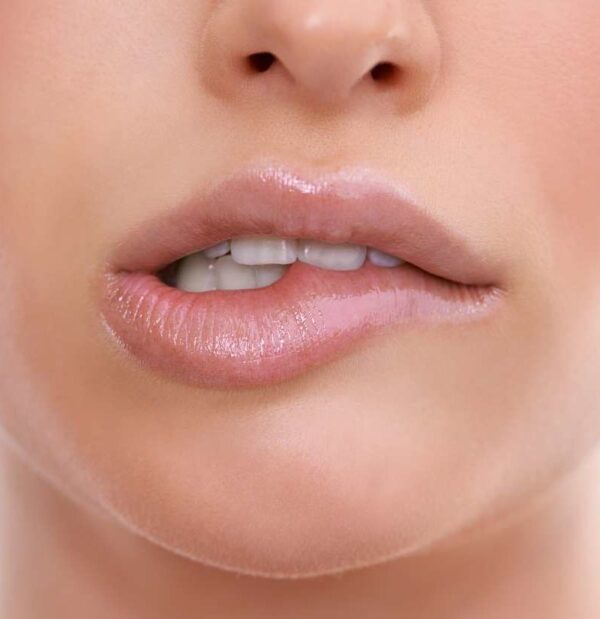ORAL HABITS
We often see young kids at the clinic with repetitive, behavioural oral habits, such as thumb sucking, mouth breathing and nail biting. Most sucking habits are normal in babies and infants, as they offer a sense of warmth, happiness, security and comfort. These however, decrease in toddlers and usually resolve by the age of 5. If oral habits are only present while the child has baby teeth, they only affect these and have little or no long-term effects on adult teeth. If oral habits are present after the eruption of permanent front teeth (typically 6-9 years of age), they may have permanent effect on teeth’s position.
Here are the most common habits:
- Sucking habits – this could include a thumb, finger, dummy or toy/comforter. These push on the top front teeth, preventing them from erupting into the correct position. This habit usually causes a narrow top jaw, top front teeth to be pushed forward, and an open bite (a gap between top and bottom front teeth). Around 12% of kids still have a sucking habit past the age of 7.
- Kids should be reminded and encouraged to stop the sucking habit at the age of 4-5. This should always be the first and preferred treatment of choice.
- If the child’s adult teeth are erupting, they may need to be physically prompted with treatments such as:
- Bitter tasting nail polish to stop the finger/thumb sucking
- Specially-made thumb guards or Band-Aids
- Rewards/calendars/charts as habit-breakers
- Special orthodontic appliances attached to the teeth (last resort as more expensive, invasive and uncomfortable, potentially scaring the child off any future orthodontic treatment that may be needed)
- Tongue thrust – tongue tip is placed forward between the front teeth during swallowing. This is often found in patients who already have a gap between their front top and bottom teeth. If teeth don’t close fully when swallowing saliva and food may escape, so tongue could be subconsciously used to form this needed seal.
- Tooth position and habit should be evaluated by the dentist/orthodontist. Straightening of the teeth to close the gap between top and bottom may be enough to break this habit if picked up early.
- Exercises/ therapy can help to train the tongue into the right position when swallowing
- Nail biting – this is often a type of an obsessive compulsive habit, and can lead to chipping of the teeth, TMJ pain, and tooth root damage, as it places a lot of pressure on the front teeth. Bitter nail polish can once again act as a reminder to break the habit.
- Lip sucking – often found in patients with prominent top front teeth, as the lip gets trapped between the top (which are pushed out even more) and bottom (which are pushed in, making the tooth position even worse)
- Reminders, exercises and habit training can help here
- Mouth breathing – this is usually a result of nose obstruction and common in kids with enlarged tonsils, adenoids, nasal polyps, deviated septum and small nostrils. Mouth breathing is often linked to obstructive sleep apnoea and snoring. It can cause poor development of the lower jaw, narrow top jaw, reduced saliva in the mouth, leading to higher risk of inflamed gums, cavities and bad breath.
- Consult with an Ear Nose Throat specialist
- Evaluate for sleep apnoea
- Remind the child to breathe through the nose and keep the mouth closed during the day
Have further questions regarding your or your child’s oral habits? Call us on 9531 6387 to arrange a consultation and assessment with our EDG team to address these concerns.


